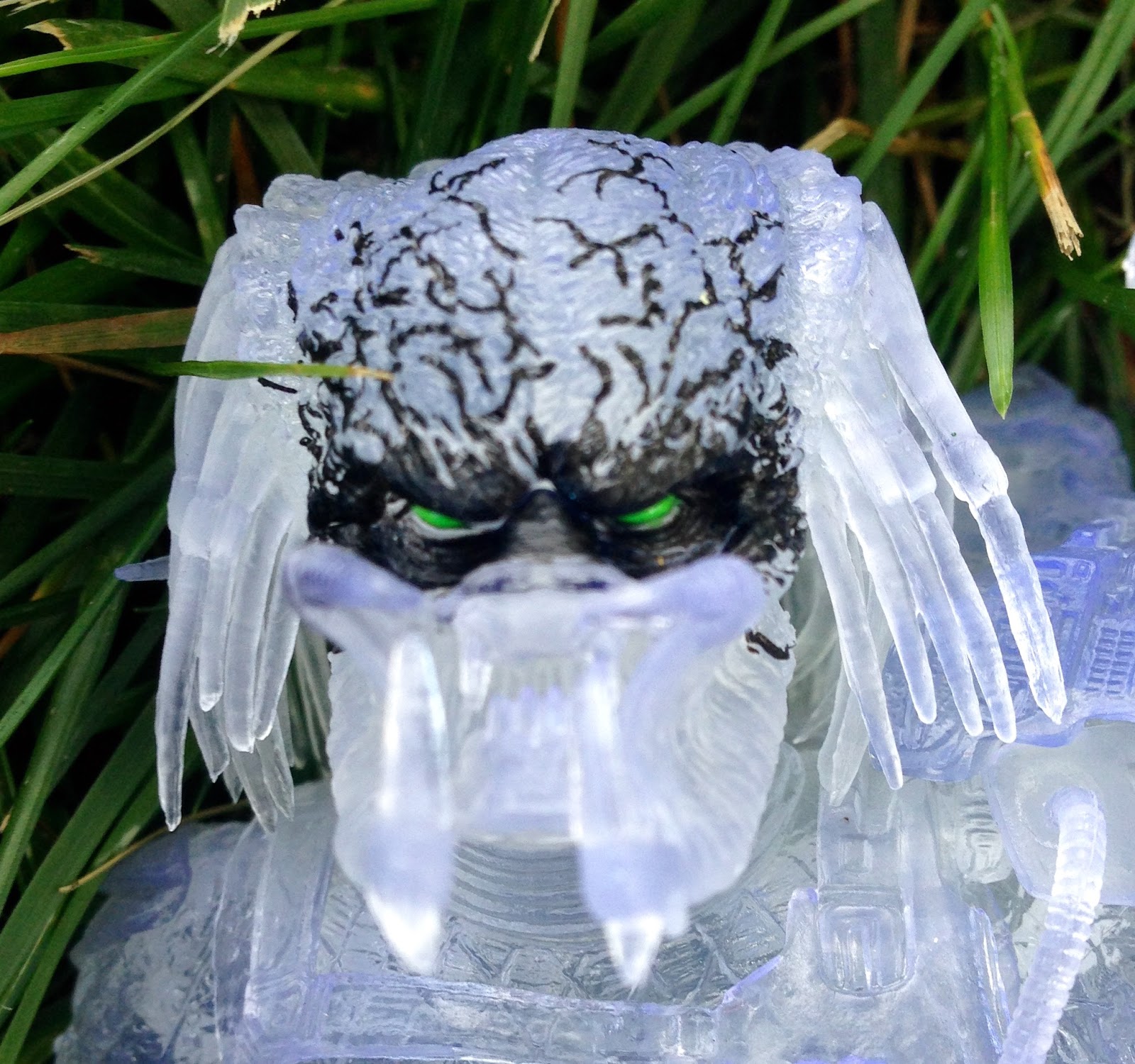

Spider, where the spider is found, and what it (or its web) looks like. The "Spider Safari Survey Sheet" that you hand out will have the name of each kind of Of spiders through their own observations, research, and during the follow-up debate. Make sure that students know the basics about spiders: eight legs, two body-parts, the fact that they are predators, etc.īut don't spend too much time on the different kinds of spiders: the goal for this exercise is to let students learn about the different kinds These represent different spider families. Students will be looking for eight different kinds of spiders, which are described below. Explain that the safari will involve a search of at least one indoor and one outdoorĮnvironment for at least 30 minutes each. This Spider Safari will form the first part of this lesson.įor this exercise, take a few minutes to describe the Spider Safari to students. Spider Safari: In Kentucky, especially during spring, summer, and fall,Ī quick Spider Safari around the house and through the yard will reveal many common families of spiders. This exercise also requires library or internet research, and introduces students to organized debate. Of organisms, food chains, interactions between organisms in their environment, ecological niches, and structure and function in living systems. In addition to introducing students to spider diversity, this exercise will reinforce concepts such as: scientific classification

Strategies exhibited by each kind of spider. The "Spider Debate" which follows willĪllow students to consider the pros and cons of different survival This lesson is divided into two main parts.Ī "Spider Safari" will allow students to introduce themselves toĭifferent kinds of spiders. Some spiders are able to dive underwater in search of food. There are spiders in caves, barns, streams, and trees. In fact, spiders can be found almost anywhere. Thanks to these many hunting techniques, spiders are very successful creatures. That use webs have hunting strategies that vary tremendously depending of the type of spider. Others sit camouflaged on flowers, waiting to ambush bees. Some are active hunters that patrol the groundįor unwary crickets and beetles. All spiders have fangs and most of them use venom to immobilize their prey.īut not all spiders use webs. Prey on vertebrates like fish, rodents, and birds. They eat insects, earthworms, and even other spiders. Things change over time and the factors that influence theĪll spiders are predators. 2.6 Understand how living and nonliving.2.5 Understand that under certain conditions nature tends to remain the same or move toward a.2.3 Identify and analyze systems and the ways their components work together or affect each.2.2 Identify, analyze, and use patterns such as cycles and trends to understand past and presentĮvents and predicting possible future events.The above objectives fall under KERA's Science Academic Expectations: Students will gather in groups during theįollowing class period and debate the pros and cons of different.Students will write a brief report about one of the spider families that they observe.Students will search indoor and outdoor environments and record numbers and types of spiders that they discover.Students will also be introduced to scientific classification of spiders. Students will learn about the survival and hunting strategies of several different kinds of spiders.Prepared by Blake Newton, Extension SpecialistĪge Group: Can be adapted for elementary through high school.Ĭlass Time: Two class periods (110 minutes). University of Kentucky Department of Entomology University of Kentucky Entomology For Kids


 0 kommentar(er)
0 kommentar(er)
